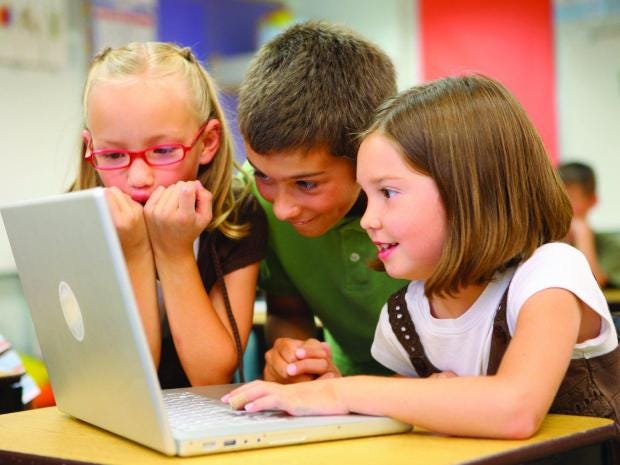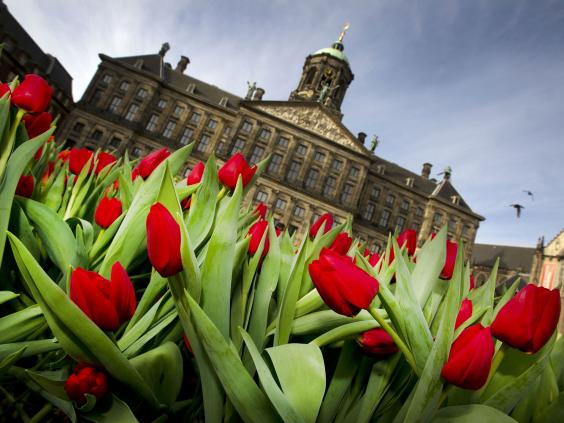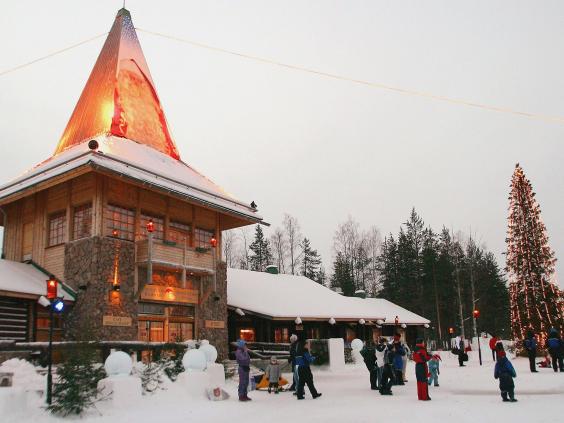The 11 best school systems in the world
Click to follow
The Independent Online
The Independent Online

The WEF looks at data on areas as varied as the soundness of banks to the sophistication of businesses in each country. It then uses the data to compile a picture of the economy of almost every country on earth.
Countries were ranked according to the "12 pillars of
competitiveness," which includes macro-economic environment,
infrastructure, health and primary education, and labour market
efficiency.
We have drilled down into the schooling data to look at
which countries have the best education systems. Neither the US or the
UK make the grade in the top 11 (3 countries are tied for 9th, making 11
the clearest cut off point.)
Here are the ones that did make the grade:
=9. Japan: 5.6
Japan is one of the top performing countries for literacy,
science, and maths in the OECD group. Students go through six years of
elementary school, three years of junior high school, and three years of
high school before deciding whether they want to go to university. High
school is not compulsory but enrolment is close to 98%.
=9. Barbados: 5.9
The Barbados government has invested heavily in education, resulting in a literacy rate of 98%, one of the highest in the world. Primary runs from 4 to 11, with secondary 11 to 18. The majority of schools at both levels are state-owned and run.
=9. New Zealand: 5.6
Primary and secondary education in New Zealand runs from aged 5 to aged 19, with school compulsory between 6 and 16. There are three types of secondary schools in New Zealand: state schools educate approximately 85% of students, state-integrated schools — private schools that have been integrated into the state but keep their special charter — educate 12%, and private schools educate 3%.
8. Estonia: 5.7
Estonia spends around 4% of its GDP on education, according to 2015 figures. The country's 1992 Education Act says that the goals of education are "to create favourable conditions for the development of personality, family and the Estonian nation; to promote the development of ethnic minorities, economic, political and cultural life in Estonia and the preservation of nature in the global economic and cultural context; to teach the values of citizenship; and to set up the prerequisites for creating a tradition of lifelong learning nation-wide."
=6. Ireland: 5.8
The majority of secondary schools in Ireland are privately owned and managed but state-funded, but there are also state comprehensives and vocational schools. However, a recent report shows that Ireland's spending on education fell 15% behind the developed world during the height of the financial crisis, 2008 to 2013, suggesting its education system could suffer in future.
=6. Qatar: 5.8
The BBC reported in 2012 that oil-rich Qatar was "becoming one of the most significant players in the field of education innovation, supporting a raft of projects from grassroots basic literacy through to high-end university research." The country is investing heavily in improving educational standards as part of its Vision 2030 programme to make the country self-sufficient. Government-funded schools offer free education but only to Qatari citizens and most foreign nationals tend to send their children to private schools.
5. Netherlands: 5.9
Dutch children were found to be the happiest in the world in a 2013 Unicef study, leading the way globally educational well-being among others. Schools typically don't give much homework until secondary level and students report little pressure and stress. Schools are divided between faith schools and "neutral" state schools, with only a small number of private schools.
4. Singapore: 6.1
Singapore scores incredibly highly in the PISA (Programme for International Student Assessment) tests, which aim to measure and compare the performance of students across different countries. However, the school system also has a reputation as being a pressure cooker, putting students under a lot of stress at a young age.
=2. Belgium: 6.2
Belgium has four different genres of secondary schools, namely general secondary schools, technical secondary schools, vocational secondary education schools, and art secondary education institutions. The Fulbright Commission in the US, which organises student exchanges with Belgium and Luxembourg says: "Education enjoys high priority, and the largest share of the regional governments’ annual budget in Belgium. Complete systems of public and private schools are available to all children between the ages of 4 and 18, at little or no cost."
=2. Switzerland: 6.2
Just 5% of children attend private schools in Switzerland. Lessons are taught in different languages depending on the region of Switzerland, with German, French or Italian the most common languages of instruction. From secondary onwards students are separated by ability.
1. Finland: 6.7
Finland routinely tops rankings of global education systems and is famous for having no banding systems — all pupils, regardless of ability, are taught in the same classes. As a result, the gap between the weakest and the strongest pupils is the smallest in the world. Finnish schools also give relatively little homework and have only one mandatory test at age 16.



No comments:
Post a Comment